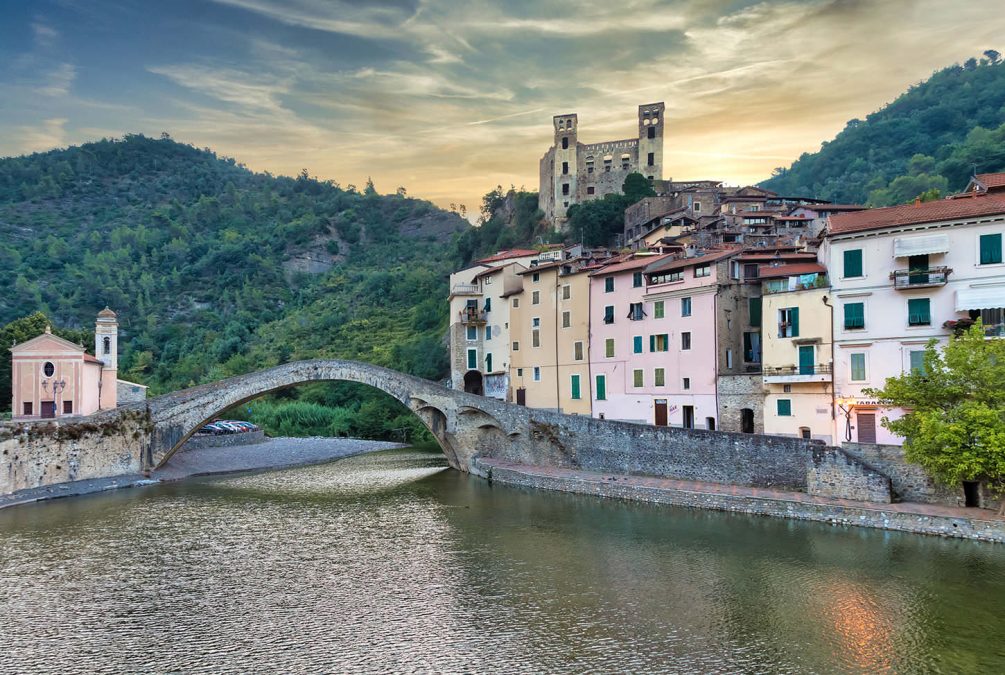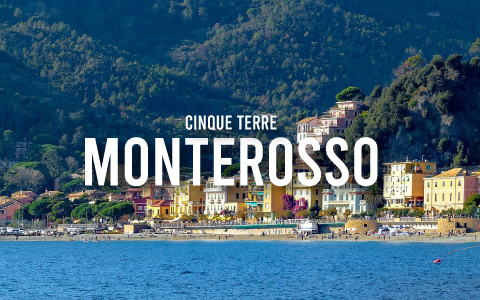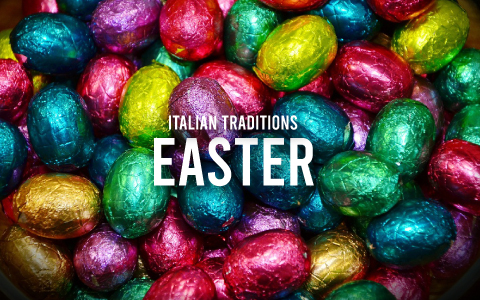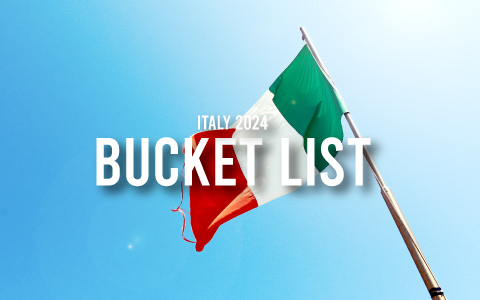
Dolceacqua, the Medieval Town Loved by Monet
Dolceacqua is a small medieval town located in Liguria, a few kilometers from the French border. It’s surrounded by green hills and crossed by the homonymous creek.
Its name, translatable into Sweet Water, may give you a hint about how beautiful it is. Consider that the painter Claude Monet, during his visit, loved the view so much that he depicted Dolceacqua in some of his paintings.
The charm of this town is due also to the fact that it didn’t change much throughout the centuries. On one side of the creek is the district of Terra, the historical part of the town. On the other side, there is the district of Borgo, where the modern houses are built. These two parts are connected by a perfect Roman single arch bridge. Built in the 14th century, it is 33 meters high.
The narrow streets made of stones, called Carruggi, connects the buildings towards the hill on which a castle overlook the town.
Just to let you know, only 2,000 people are living in Dolceacqua nowadays.
What to see Iin Dolceacqua
Besides the Roman bridge, the other main attraction of town is the castle, Castello Doria.
I didn’t find any information about the exact date of its construction, but I read that at the end of the 12th century it was already there.
Initially Castello Doria in Dolceacqua was a simple circular tower, which is now is still visible at the center of the castle. In the 16th century a bastion and two identical square towers were added.
The façade with these two towers still looks quite intact, while the rest is marked by time. However, the remains of the castle have been restored and can be visited. The rooms host temporary exhibitions and information on the history of the castle.
The highlight of Castello Doria is certainly the panorama that you can seen from its position. A panoramic walk has been created to allow visitors to admire, using binoculars, every detail of the town, the valley up to the sea and the Alps.
As any other city or town in Italy, churches are worth a visit for the artistic and architectural value.
There are several country chapels scattered over the hills surrounding Dolceacqua, such as the chapel of San Bernardo, Saint Bernard.
At the entrance of the town is the Romanesque church of San Giorgio, Saint George, built in the 12th century. Behind the ancient appearance the church preserves the tombs of two historical figures, Stefano Doria and Giulio Doria.
Another church to see is Sant’Antonio Abate, Saint Anthony the Great. This church has a colored façade and the interior has rich decorations.
What to eat and drink in Dolceacqua
The typical products of Dolceacqua are linked to the geography and the climate of Liguria. They are more than one, but the most famous is the wine called Rossese of Dolceacqua.
It’s a red wine, slightly bitter, perfect for meat dishes, such as the Cunio, rabbit in a casserole.
Rossese of Dolceacqua is produced in a very limited number of bottles because its grapes grow on inaccessible areas, which make the farming quite difficult and almost totally manual.
As for the gastronomy, I would recommend two dishes.
First, the Barbagiuai, which are fried fagottini made with ravioli pasta, boiled pumpkin purée, seasoned with spicy cheese, eggs, garlic and parsley.
Second, the Michette which are a kind of simple brioche baked in the oven and sprinkled with sugar.
Special events in Dolceacqua
People in Dolceacqua are still tied to some ancient traditions. One is the procession of San Sebastiano that takes place on the 20th of January.
In the days preceding the procession, the members of a local ancient brotherhood cut and shape a large laurel shrub. They decorate each branch with colorful hosts which were prepared the nights ahead.
Then, expert craftsmen make the shrub thicker by adding fronds from other plants, carving the original trunk and supporting the structure with special tie rods. It’s a long work that need patience and skills.
At the end of the procession, the branches are cut off and offered to everyone in exchange for a spontaneous donation. The frond at the top is given to the person who donated the laurel.
I like the relaxed atmosphere and the lovely surroundings of Dolceacqua. They make a walk through it a wonderful way to discover Liguria outside the most tourist places. I hope you will visit this town soon or later.



